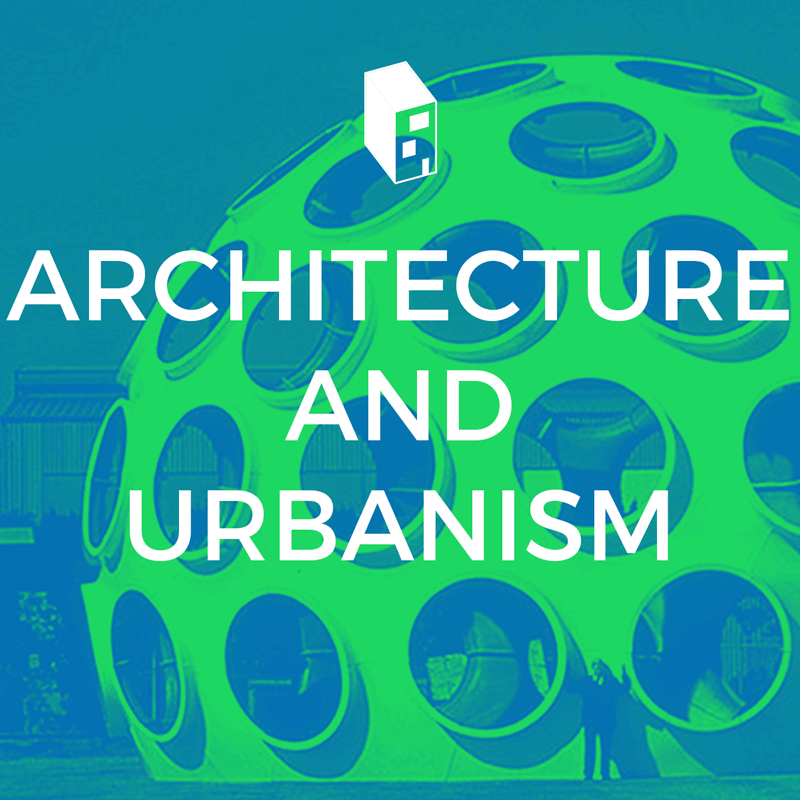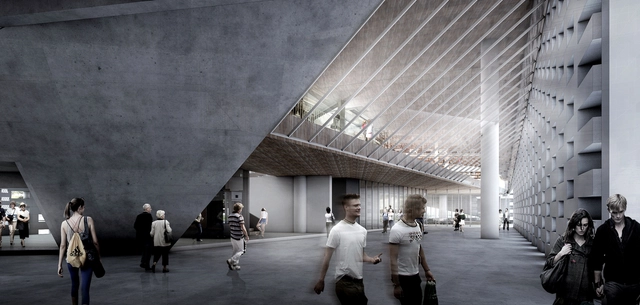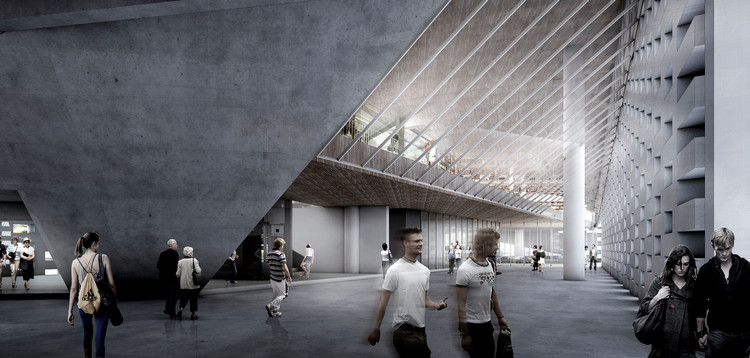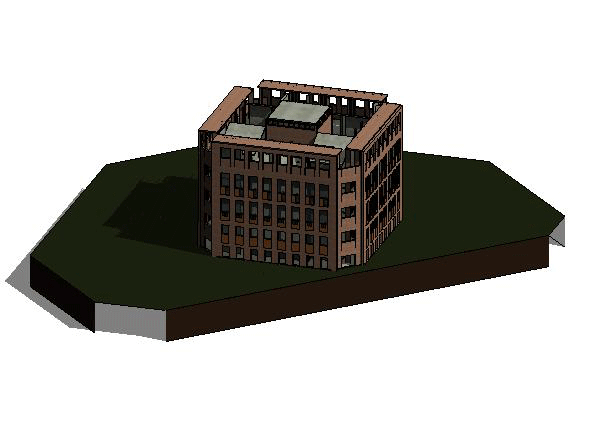
Our friends at Sketchfab have noticed a recurring trend: among the many 3D scans shared on their platform, a significant number are of historical doorways. Often neglected in today’s designs, doors and doorways are essential physical and mental transition points between the interior and the exterior of a building. While Mies van der Rohe’s strive for visual continuity and the use of glass doors has some critical advantages, it is not applicable – or only poorly applicable – to every design case. Fortunately, history shows that visually and spatially differentiating doors and doorways from the rest of a facade can be a resourceful alternative.
With this set of 3D models selected by Sketchfab, viewers can explore historical doorways online and discover the spatial sequences that they can offer. From framed, indented, raised, lowered, protruding and ornamented doors, these models clearly showcase the various design strategies available for you to keep your doorway design options open.
























_Alexandra_Kononchenko_(29).jpg?1472389338&format=webp&width=640&height=580)
_Alexandra_Kononchenko_(23).jpg?1472389191)
_Alexandra_Kononchenko_(33).jpg?1472389433)
_Alexandra_Kononchenko_(27).jpg?1472389297)
_Lucas_Bonnel_(1).jpg?1472388851)
_Alexandra_Kononchenko_(29).jpg?1472389338)




.jpg?1471951511)


























